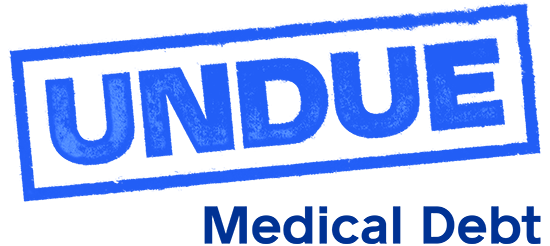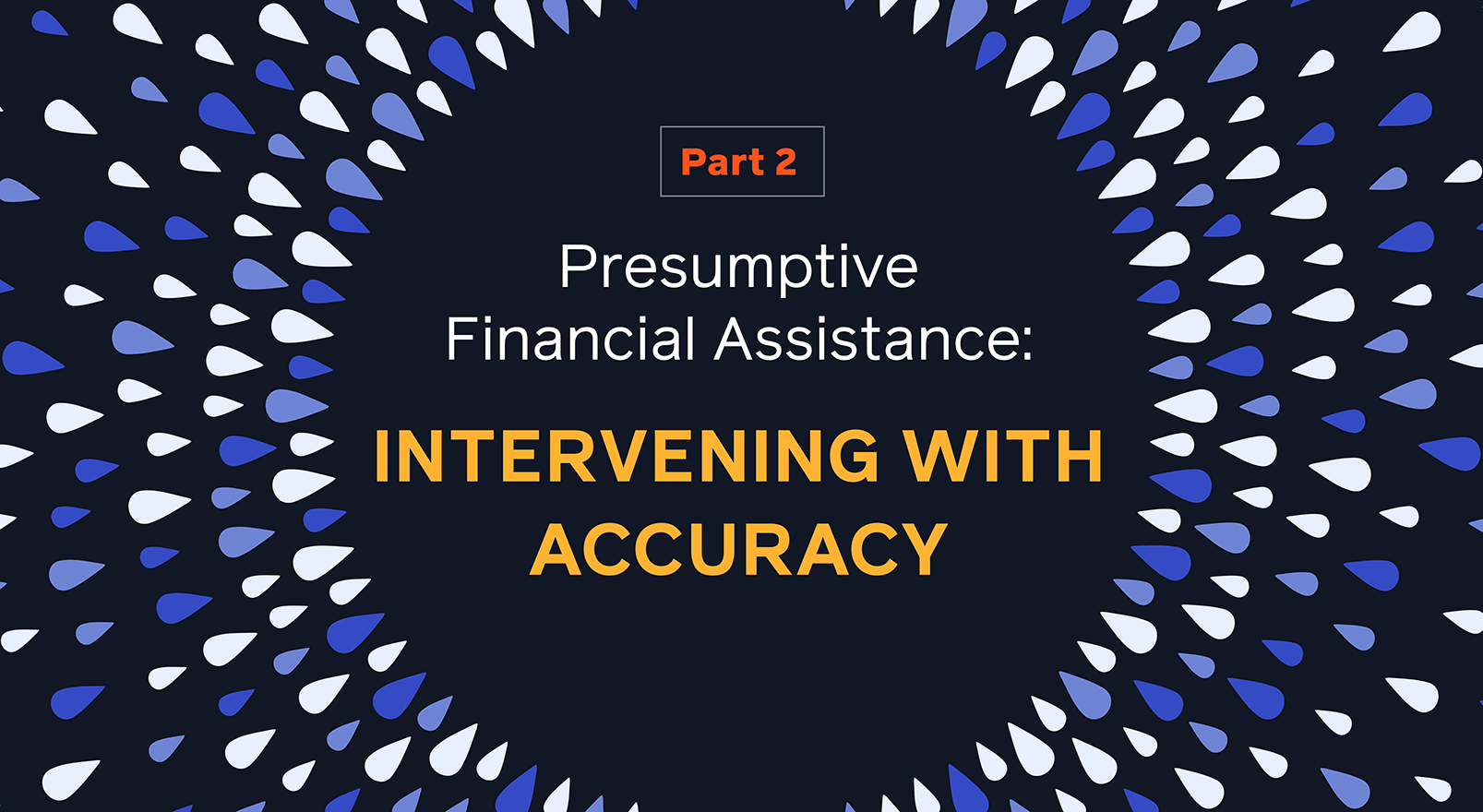Presumptive analytics are one way for hospitals and health systems to ease enrollment of qualifying patients in financial assistance programs, also referred to as charity care. As discussed in part 1 of our blog series on presumptive eligibility for financial assistance, questions remain regarding how to use these tools effectively across the insured and the uninsured; these populations face different affordability challenges. In this second blog, we lay out questions and concerns about the power of algorithmic tools to produce accurate income estimates for the purposes of moving eligible patients into financial assistance programs without burdensome red tape. A more in-depth brief will be released later this year.
A Brief History
The history of presumptive eligibility (PE) tools for financial assistance is rooted in credit risk assessment – in layman’s terms, checking your credit score. Data shows that for people who actively borrow, a credit score is a reliable proxy for determining income. However, for people with a limited credit history or who are unbanked (sometimes referred to as ‘thinly filed’), a credit score is less reliable. In the context of hospital financial assistance policies that target low and middle-income households, reliance on credit scores alone can be insufficient and inaccurate.
The passage of the Affordable Care Act (ACA) and subsequent release of regulations for non-profit hospitals (referred to as 501(r)) signaled support for the use of PE tools in determining income for financial assistance, thus spurring a broader market for predictive tools. Revenue cycle management software and related services used for medical billing are commonly a hospital’s source for presumptive analytical tools.
The increased interest in these income-verification tools is simple – they offer a win-win for patients and providers, efficiently moving eligible patients to financial assistance. Benefits aside, they are just one tool in the financial assistance toolbox and should not be viewed as a single solution to connecting patients to charity care.
Are the Tools Accurate?
As with any growing market, these income-verification tools have become more sophisticated and layered than simply checking a credit score. Recent iterations offer a more robust approach that combines multiple sources of public data to build a fuller picture of income than credit-based scoring alone. One study documenting the accuracy of a credit-based approach versus drawing on community level data, highlights the need for diverse data sources. It finds that “scoring models used for predicting a patient’s FPL% should not rely on a single data source, but instead use multiple data sources to yield the most reliable FPL% estimates.” Alternatively, a more recent study cautions against the use of AI analytics to determine income, warning that these tools could be directed to extract out-of-pocket patient payments instead of provide charity care.
In such a nascent field, there remain outstanding questions about accuracy. The accuracy of PE tools may vary across vendors and their data approaches; some hospital and health systems are wary of these predictive approaches to determining income. Health systems worry about accuracy, particularly with the rise of unpaid self-pay balances among the insured population. Currently, hospitals and health systems do not have access to income data in bulk from government sources.
Propensity to Pay: A Cautionary Tale
Hospitals, unless otherwise directed by state law, have the discretion to design their financial assistance policies–aligning to their local conditions. When hospitals use presumptive eligibility tools, they can tailor them to their financial assistance criteria. Some presumptive tools include other criteria beyond a simple income estimate; most concerning is something called propensity to pay (P2P). P2P refers to whether a patient pays their bills on time: are they a reliable payer? Using P2P as part of presumptive eligibility scoring could penalize low-income patients who, before illness, always paid bills on time (the assumption being they can pay now, despite otherwise meeting the financial criteria for free or reduced care). P2P data could bump patients outside of eligibility. As a result, the patient would have to go through the paper application process and if they do not apply, they could needlessly end up in debt collection.
Sticking to income alone, verified through multiple data sources, is the best way to ensure that patients are being flagged and moved into financial assistance without additional work.
Questions to Weigh
There are trade-offs between generating estimates and documenting income through tax records or a paystub. Asking a patient for proof of income is the most accurate pathway to financial assistance (and patient-facing organizations like Dollar For will handhold people through the income documentation process) yet estimating patient income when a hospital has a high volume of patients is highly efficient and less burdensome for patients. In our current system, presumptive approaches that screen people without requiring them to fill out an application increases the likelihood of enrolling eligible patients in these programs. The approach is patient-centered and reduces the administrative burden on medical billing staff tasked with follow-up and screening. It does not eliminate the need for paper or digital applications – data shows that people with an illness, particularly a chronic illness, lose wages and income, making them eligible for support. Pairing presumptive tools with screening support like that of Dollar For is one way to build out a more reliable system that has multiple layers of support to catch financially vulnerable patients – especially if a recent health event results in a change in income.
Why Use PE Tools?
Using predictive software can be a fast and easy way for hospitals to document patients’ incomes. Over a decade ago when these products surfaced for use on behalf of hospitals, vendors relied mostly on credit reporting and their use was limited. The tools continue to evolve as vendors leverage very large datasets (community level data, credit data and individual purchasing behavior) that increase income estimation accuracy. All that said, health episodes or traumatic events can upend people’s financial lives and software tools – as smart as they are – may not always catch patient’s life circumstances. Financial assistance screening and programs will always be imperfect for this reason. Building out a tiered approach to screening that leverages presumptive analytics alongside other application pathways can potentially increase success for low-income patients and reduce the administrative burden on providers.

